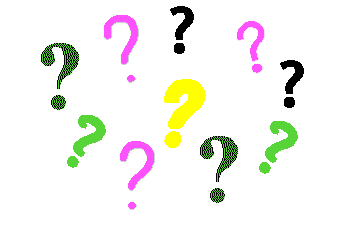So what have we learned about probability?? Let's review...
Probability is about chance... what chances do you have of winning, losing, drawing a card?
Odds is about comparing winning to losing, how many times can you win an event or lose an event?
Example:
What is the probability of drawing a King from a deck of cards?
4/52= 1/13
What are the odds of drawing a King from a deck of cards?
4/48= 1/12
Theoretical Probability can be found mathematically without and experiement and the results will not vary
Example:
Tossing a coin will always be 1/2 or 50% of getting heads/tails
Experimental Probability is the result of an observation, the numbers are unique to each experiment
Example:
Drawing a marble from a bag, the numbers will vary on how many marbles you have total and how many trials conducted.
I believe that probability is an important part of the ccurriculum for what students learn in elementary school. It is important for future teachers to fully understand it. I enjoyed sharing what I learned in the past posts and will always have them to look back on!!
http://mathandreadinghelp.org/teaching_probability_to_kids.html
This link provides an article for math helpful tips for teachers and parents on teaching children probability!






